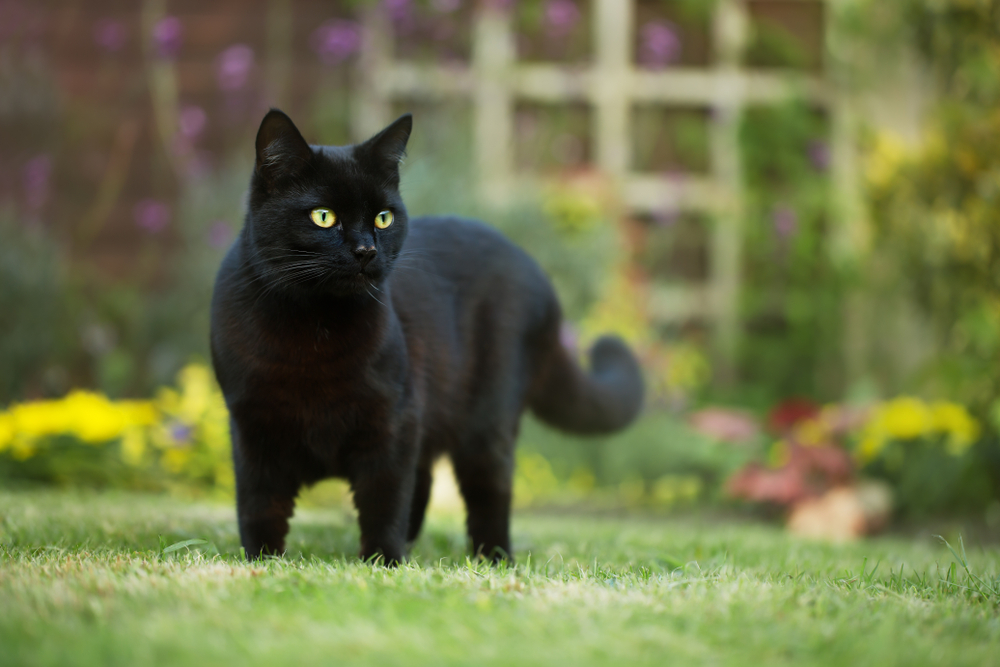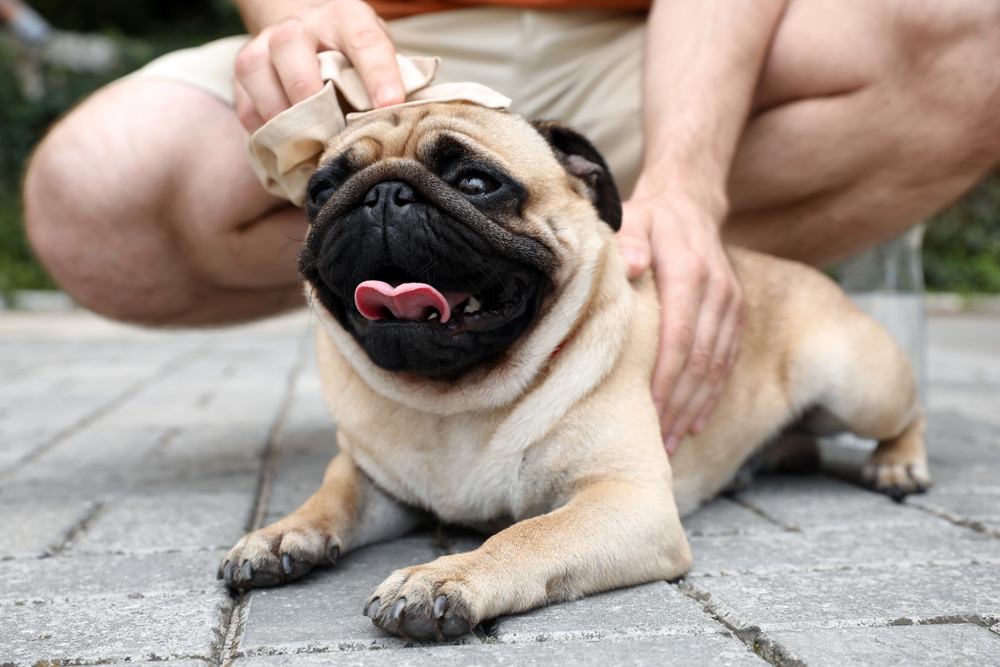Keeping pets cool and comfortable becomes paramount to their health as temperatures rise. Pets are more sensitive to heat than humans because their cooling mechanisms are less efficient, and if you don’t take proper precautions, your furry pal can suffer serious health consequences. Learn how to help protect your furry pal from heat-related illnesses and injuries by reading our Lytle Veterinary Clinic team’s heat safety do’s and don’ts.
DO provide access to cool water and shade
Always ensure that your pet has access to fresh, cool water to maintain hydration, help regulate body temperature, and prevent heat-related illnesses. Always place multiple water bowls around your home and yard. In addition, give your pet a water fountain, which may encourage them to drink more frequently. If your pet enjoys outdoor time, ensure shaded areas are available where they can escape the sun’s oppressive heat.
DO provide pets with indoor respite
By keeping your indoor environment climate-controlled, you can ensure your pet can cool down efficiently after spending time outdoors. Cooling indoor respite is especially important for pets at high risk for heat-related illness, including short-nosed (i.e., brachycephalic) breeds and overweight pets. If your house gets too hot, consider sending your pet to spend some time at a friend’s or family member’s home.
DO exercise pets during cool parts of the day
Limit outdoor activities to early morning or late evening when temperatures are lower than during the peak daytime heat. If your pet must go outdoors midday, aim for short, frequent walks or play sessions to reduce their overheating risk.
DO groom your pet regularly
Regular grooming helps maintain your pet’s coat by removing loose fur, dirt, and excess oil that can trap heat. Trimming long fur can help keep some dogs cool, but avoid shaving them entirely, as some breeds need their undercoat to protect their skin and help with body temperature regulation.
DO familiarize yourself with heatstroke signs in pets
Heatstroke can be deadly in pets and requires immediate intervention to ensure your pet has the best chance of recovery. Heatstroke signs include excessive panting, weakness, fast heart rate, drooling, vomiting, red gums, incoordination, or collapse. If your pet exhibits heatstroke signs, move them to a cool area, drape them in wet towels, aim a fan toward them, and contact us immediately.
DO offer cooling treats and products to pets
To help pets cool down, offer cooling treats, such as frozen broth cubes, or cooling products, such as mats, vests, or wading pools. Store cooling products in the refrigerator or freezer to increase their efficacy and enable your pet to stay outside longer.
DON’T leave pets in parked cars
Never leave your pet in a parked car, which can become like an oven in only a few minutes and lead to fatal heatstroke. Many pet owners mistakenly believe that cracking open a window will prevent this oven effect, but studies show temperatures are similar regardless of whether the windows are opened or closed.
DON’T walk pets on hot pavement
Hot pavement can burn your pet’s paws. If unsure, test the surface with your hand. If the pavement burns your hand, it is also too hot for your pet. Avoid surfaces that absorb heat and walk on the grass when possible. You can also outfit your pet in protective booties but ensure they’re breathable to help your pet stay cool overall.
DON’T overestimate your pet’s heat tolerance
Brachycephalic breeds, such as bulldogs and pugs, are more likely to suffer from heatstroke than other breeds because panting doesn’t cool them down as efficiently as dogs with longer noses. These pets, along with overweight pets and those with chronic diseases, can be outside in the heat safely for only a few minutes at a time.
DON’T forget to schedule a summer checkup
Regular veterinary checkups are essential for monitoring your pet’s health and understanding their heat-related illness risk. During a routine visit with our team, you may discuss concerns and get personalized advice for your pet’s needs, including parasite control, health screening tests, and vaccinations.
DON’T use ice-cold water to cool a pet
Cooling an overheated pet is essential to preventing long-term consequences, but using ice-cold water can cool them too quickly and shock their system. Use cool—not cold—water-soaked towels and aim a fan at your pet to help dissipate excess body heat while en route to our hospital for treatment if they are exhibiting heatstroke signs.
DON’T leave pets unsupervised outdoors

Never leave your pet outside unsupervised in hot weather for long periods. Heat, humidity, and wind conditions can change rapidly, and despite appropriate shade, water, and cooling products, your pet’s heatstroke risk always remains.
By following these do’s and don’ts, you can help ensure your pet stays comfortable, hydrated, and safe during the dog days of summer. Continually monitor your pet during hot weather and consult our Lytle Veterinary Clinic team if you have concerns about their well-being. Contact us to learn more about pet heat safety or to schedule their routine checkup.

